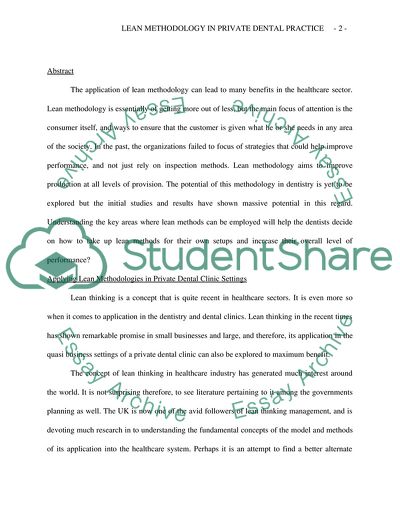Cite this document
(Applying Lean Methodologies in Private Dental Practice Report, n.d.)
Applying Lean Methodologies in Private Dental Practice Report. https://studentshare.org/medical-science/1708488-applying-lean-methodologies-in-private-dental-surgery
Applying Lean Methodologies in Private Dental Practice Report. https://studentshare.org/medical-science/1708488-applying-lean-methodologies-in-private-dental-surgery
(Applying Lean Methodologies in Private Dental Practice Report)
Applying Lean Methodologies in Private Dental Practice Report. https://studentshare.org/medical-science/1708488-applying-lean-methodologies-in-private-dental-surgery.
Applying Lean Methodologies in Private Dental Practice Report. https://studentshare.org/medical-science/1708488-applying-lean-methodologies-in-private-dental-surgery.
“Applying Lean Methodologies in Private Dental Practice Report”. https://studentshare.org/medical-science/1708488-applying-lean-methodologies-in-private-dental-surgery.


